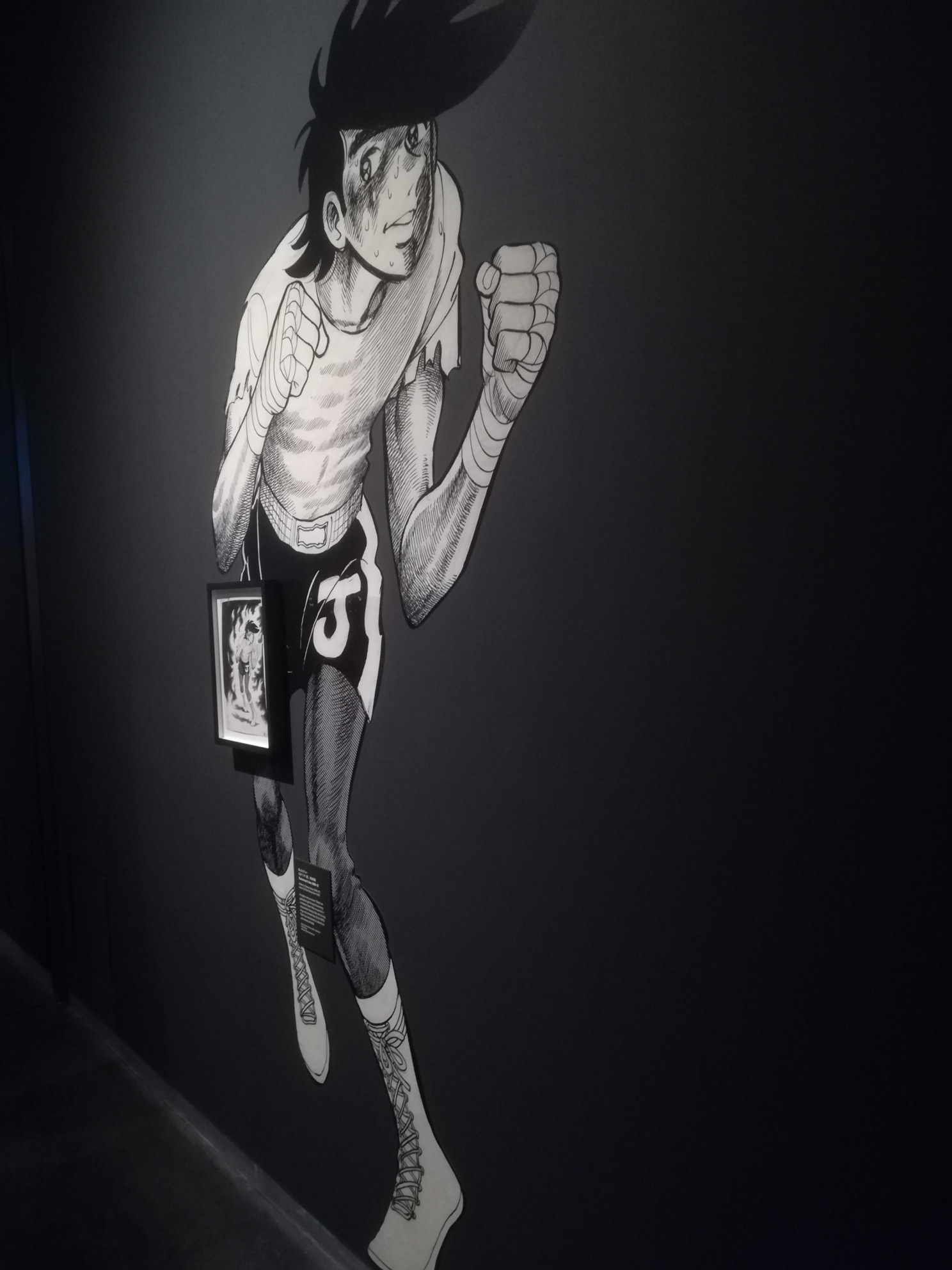Katsuhiro Otomo is a manga legend, rising to prominence with his seminal masterpiece Akira. It was the first real breakthrough worldwide manga hit, spread initially by word of mouth and then gaining a cult fandom until it broke through to the mainstream thanks to the terrific but confusing film.
For his follow up work, Otomo went a little more left field, creating a comic anthology series of which 3 were turned into an animated film called Memories. I knew of the film due to the soundtrack that I purchased at Forbidden Planet for a then-princely sum of £25. I was intrigued by the cover and when I saw that one of the composers was Yoko Kanno, whose work I'd loved in 'Macross Plus, I bought it. The music was mesmerising, bringing together Puccini's Madame Butterfly with Kanno's wending jazzy brassiness. It is a hauntingly beautiful score and I played it for years before ever seeing the film.
In the late 90s, the emergence of the internet made buying, selling and trading anime much easier and so, after striking an friendship with a fellow manga and anime fan, I received a copied VHS of Memories.
Now, all three short films are worthy of attention but for this review I specifically want to shine a light on the first, Magnetic Rose. I only read one comic from the anthology series and that was Magnetic Rose, but that was after having watched the 50 minute enthralling sci-fi horror/ psychological film
I only recently found out that Magnetic Rose was written by the late, great, gone-too-soon Satoshi Kon who made Paprika, Perfect Blue, Millenium Actress, Paranoia Agent and Tokyo Godfathers, and looking at those works, the psychological angle is obvious. The storyline is about a salvage ship on their way home receiving a distress signal. Following protocol, they go to provide assistance only to find a graveyard of ships all merged together in the shape of a rose. As the crew explore the interior they encounter a facsimile of a baroque world but there seems to be a presence within which means harm.
I won't spoil it but the atmosphere created, enhances by the evocative operatic soundtrack, is second to none and the film will linger in your mind long after the denouement. The animation is sublime and has some of the most technically impressive multi-plane shots seen at the time, lending the film a lived-in free movement which is appropriate for space.
I've been into manga and anime for over 30 years and this particular film is one of my all-time favourites. Even after all these years, the film haunts me.
LINK: Japan: My Journey to the East
LINK- The Future Starts Here: An Optimistic Guide to What Comes Next- Book Review
LINK- Nintendo: My One True Gaming Constant
LINK: Let’s All Create a ‘New Normal’.
LINK- An English Geek in Saudi
LINK- Battle Angel Alita: And So It Ends
LINK- Ulysses 31 Retro Soundtrack Review




































